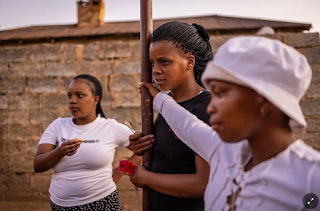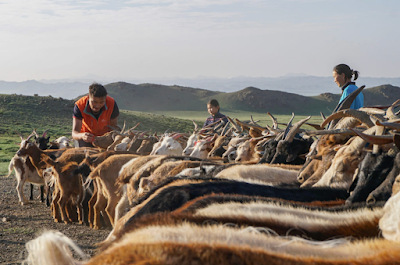61 authors, 39 chapters & 3 very happy editors! Our Handbook On Humanitarianism & Inequality is finally published!

There is a folder with close to 1,000 Emails in my Outlook that documents the process of publishing our Handbook on Humanitarianism and Inequality from Silke's first idea in May 2021 to its publication in February 2024! And then there is the space in Teams with more than a dozen folders and hundreds of documents that we used to remotely edit this great volume (criticize Teams all you want, but it has proven to be a very, very useful tool to manage, well, a team across continents, time zones, tasks & a bloody pandemic...). And after all this remote, digital work it was fantastic to open a box with physical copies of the book! The 39 chapter handbook examines how legacies of colonialism, gender, class, and other markers of inequality intersect with contemporary humanitarianism at multiple levels. Authors include academics, pracademics and practitioners and examine a range of contemporary issues including the role of the media and technology, the COVID-19 pandemic, linguistic




